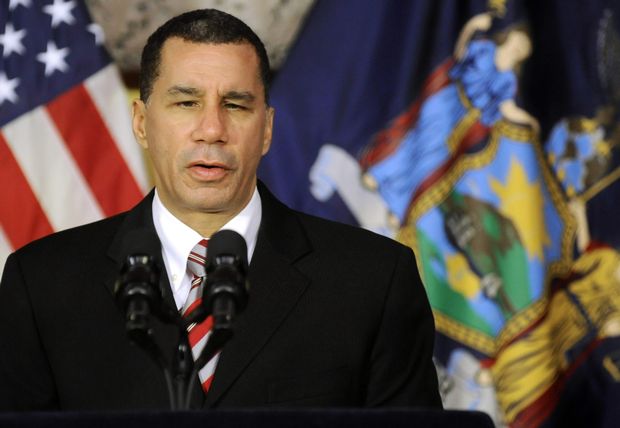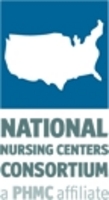NYS Governor vetoes bill allowing NPs to issue DNR orders
Earlier this year, New York State took a big step toward bringing state law on end-of-life decision-making into the 20th (yes, I said 20th) century when the legislature finally passed the
Family Health Care Decisions Act (FHCDA). That bill, signed into law by Governor Paterson on March 16, allows a family member to make health care decisions on behalf of a patient who is unable to do so for himself or herself and who has not designated a health care proxy or prepared advance directives. Incredibly, it took 17 years for the state legislature to pass this bill.
On July 30, further progress on end-of-life care was sidetracked a little bit when the Governor vetoed legislation that would have authorized nurse practitioners (NPs) to issue do-not-resuscitate (DNR) orders. In his veto message, the Governor explained that this legislation would have amended sections of the law had that been changed by the FHCDA, that it was not possible to reconcile them, and so—in order to preserve the important changes made by the FHCDA—it was necessary to veto the bill allowing NPs to issue DNR orders.
I cannot speculate as to the soundness of this reasoning. Certainly, no one would have wanted to effect an unintended consequence like disrupting implementation of the FHCDA. I don’t know what alternatives there may have been, and I don’t know whether these concerns had been raised or considered prior to the State Assembly and Senate voting favorably on this legislation.
However, the Governor’s veto message did not end with his explanation of the bill’s potential impact on the FHCDA. At the end of his message, he added:
“Finally, I am not convinced that this is an appropriate function to be carried out by nurse practitioners. Decisions of life and death should be made by physicians, not nurse practitioners.”
I won’t spend a lot of time asking why professionals who are continually trusted to provide primary and specialty care—from clinics to ICUs—and who make critical health care decisions every day cannot be trusted to issue DNR orders. I won’t even focus very long on asking whether other states in which NPs are authorized to issue DNR orders have found NPs somehow using this authority irresponsibly or recklessly—I’m sure that in the unlikely event that there were any such examples, the bill’s opponents would have enthusiastically highlighted them.
What I do have to ask, though, is: where are the patient’s interests in all this? Many patients receive their primary care from NPs. A primary care provider whom the patient and family knows and trusts—perhaps one they have known and trusted for years—should be able to consult with the patient and family about end-of-life decisions, including decisions to withhold care. But if that primary care provider is an NP, a decision not to initiate CPR—and the authority to carry out the patient’s wishes—must be handed off to another provider. The result may be an inconvenience to the patient and family; it may be an intrusion into the patient-provider relationship (and particularly into the patient and family’s relationship with the patient’s primary care provider). The result may also be a delay in carrying out the patient’s wishes, or even an unnecessary extension of the patient’s suffering.
I couldn’t help but notice that the Medical Society of the State of New York had opposed this bill. Earlier, when it had appeared that the state Senate might not pass the bill, the MSSNY boasted that their “vigilance” had “prevent[ed] action on scope of practice bills,” including this one. But this is not primarily a scope of practice issue. It is an issue of patient care—no, it is more than that; it is an issue of patient respect. This is hardly an issue on which physician groups should advocate a turf war.
I can’t know for sure how this scenario played itself out, but I can understand the position in which the Governor might have found himself on this issue. Facing a bill on which his advisors most likely recommended a veto for largely technical reasons, and facing aggressive lobbying on “scope of practice” issues, perhaps it seemed logical to give the Medical Society a piece of veto language that would satisfy them on a bill he would have vetoed anyway. Unfortunately, of course, the Governor’s message was still a public one, and it was the wrong message to send about NPs and about patient and family decision-making with regard to DNR orders.
Recall that the message said, in part, “Decisions of life and death should be made by physicians, not nurse practitioners.” I respectfully disagree. This is where organized medicine’s turf war mentality has stood things on their head. Decisions of life and death should be made by patients and family members.
David M. Keepnews, PhD, JD, RN, FAAN, CHMP Senior Fellow
Earlier this year, New York State took





